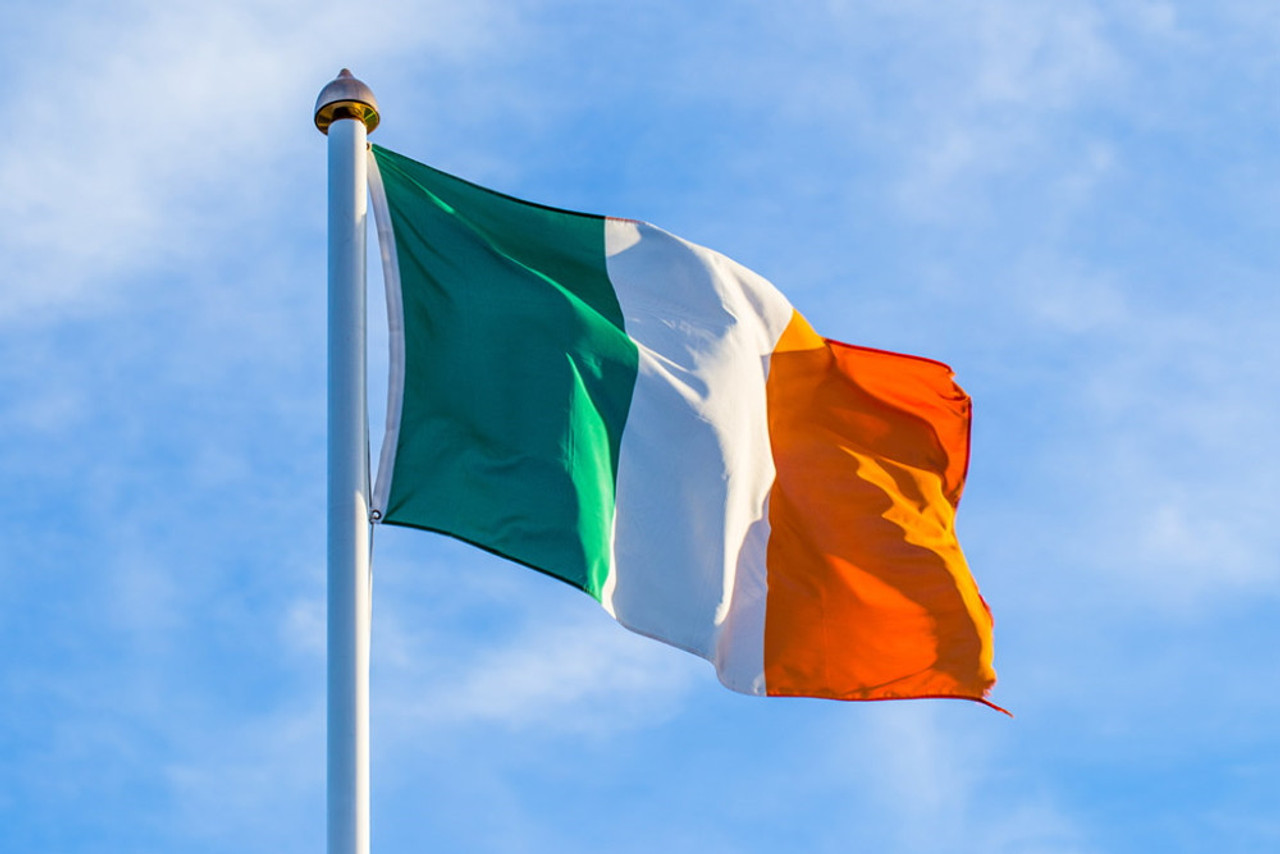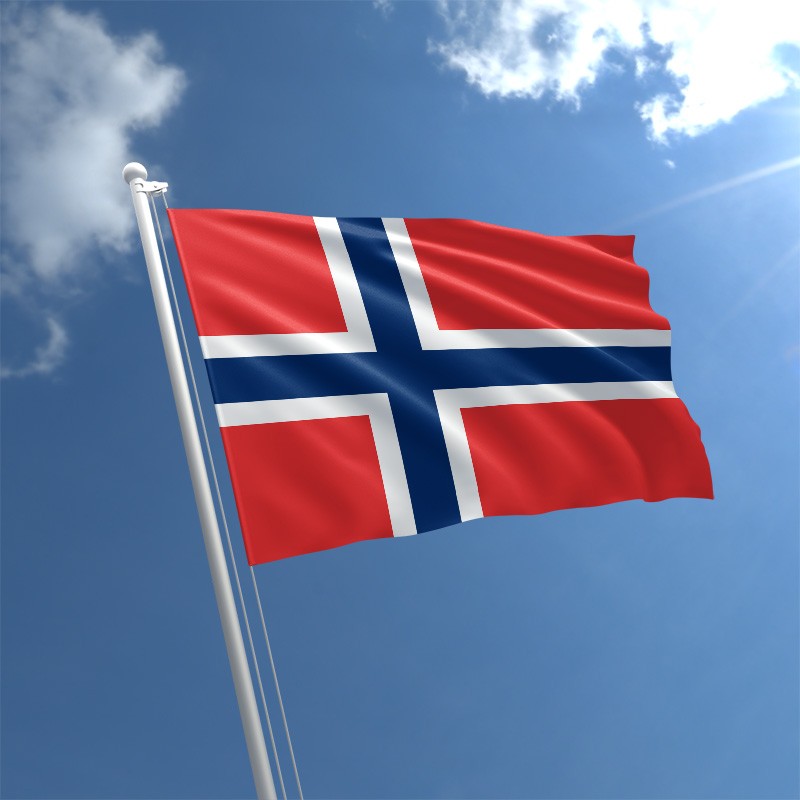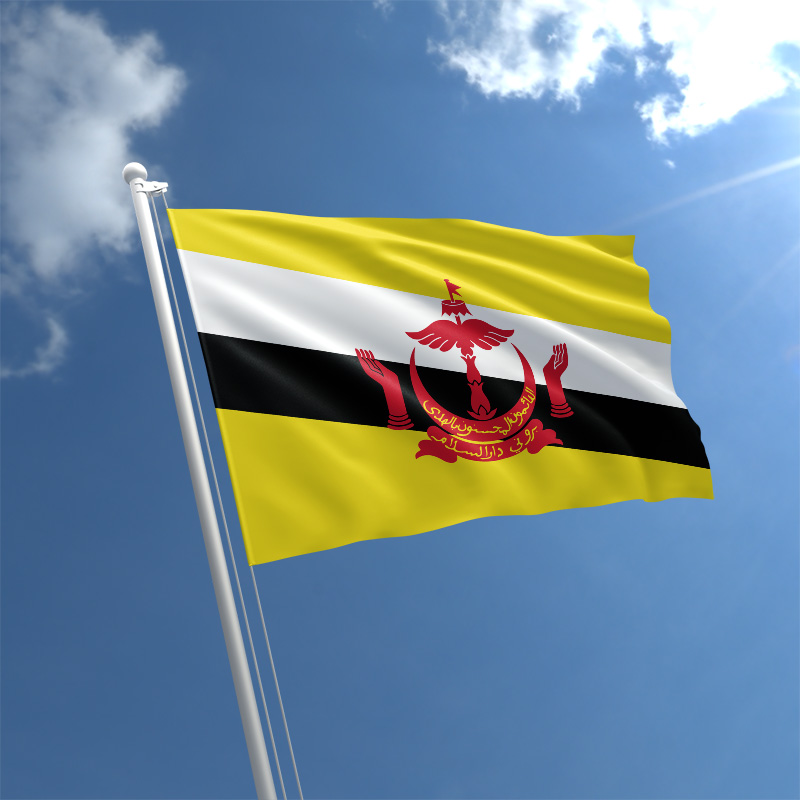Top 10 Richest Countries in the World 2025
By ICON TEAM | Published on Mar 10, 2025
List Of Top 10 Richest Countries in the World 2025
As the world economy continues to change, some countries stand out for having exceptionally high levels of per capita wealth. In this context, wealth is defined as GDP per capita after being adjusted for purchasing power parity (PPP), which takes into consideration variations in inflation and living expenses among nations. In contrast to overall GDP, which frequently benefits larger economies like the US and China, this measure offers a more accurate representation of personal affluence. The wealthiest nations, many of which have small populations but highly specialized and durable economies, are highlighted in the International Monetary Fund's (IMF) 2025 projections.
1. Luxembourg:

With a GDP per capita (PPP) of $154,914, Luxembourg, a little European country of just over 660,000 people, is predicted to be the richest country in the world in 2025. Located between Belgium, France, and Germany, Luxembourg's thriving financial industry, which makes up a sizeable amount of the GDP, is the main source of its wealth. With its business-friendly rules, the nation attracts foreign investment and serves as a worldwide banking hub and tax haven. Using its advantageous location in Europe, Luxembourg is a leader in steel manufacturing, technology, and logistics in addition to banking. Free public transit, healthcare, and education are provided to its residents, demonstrating a high level of living that goes hand in hand with its economic success. Luxembourg's tiny size and specialized economy continue to push it to the top of the wealth rankings with a stable growth rate.
2. Singapore:
With a GDP per capita (PPP) of $153,608, Singapore comes in second, demonstrating its position as a major player in international trade and finance. With a population of over 5.7 million, this city-state benefits greatly from its advantageous location in Southeast Asia, acting as a gateway for global trade. A highly developed financial industry, cutting-edge technological businesses, and a pro-business climate with cheap taxes and little regulation all contribute to Singapore's economy. Its port, which facilitates trade throughout Asia and beyond, is among the busiest in the world. Singapore's tenacity and adaptability guarantee its position among the wealthiest countries, even in the face of a slight slowdown in growth brought on by economic difficulties in China, a significant trading partner. The nation's emphasis on infrastructure and innovation raises its economic standing even more.
3. Macao SAR:

With a GDP per capita (PPP) of about $140,245 per year, Macao, a Special Administrative Region of China, comes in third. Often referred to as the "Las Vegas of Asia," Macao's economy is mostly dependent on its tourism and casino sectors, which attract millions of tourists each year, mostly from mainland China. This tiny area, which has a population of just under 700,000, is extremely wealthy thanks to its opulent resorts and glittering casinos. The COVID-19 pandemic caused travel and tourism to be hampered, but Macao has recovered well and is still one of the richest cities in the world. Despite its narrow emphasis, its economic strategy leverages its special position inside China by combining autonomy with access to a sizable local market.
4. Ireland:

Ireland comes in at number four with a GDP per capita (PPP) of $131,548, demonstrating a significant improvement over its economic hardships in the early 2000s. Ireland, which is home to roughly 5.3 million people, has drawn global firms, especially in the technology and pharmaceutical industries, because of its skilled workforce and low corporate tax rates. Significant operations have been constructed here by corporations like Apple, Google, and Pfizer, increasing GDP and jobs. Expansive growth was made possible by the country's recovery from the 2008–2009 financial crisis, which included difficult reforms like public sector wage cuts and banking restructuring. Ireland's position as one of the richest countries in the world is further cemented by its export-driven economy and EU membership.
5. Qatar:

A tiny Gulf nation of about 3 million people with a GDP per capita (PPP) of $118,761. Its enormous oil and gas reserves, which provide the lion's share of its export earnings, are the main source of its income. Despite its reliance on hydrocarbons, Qatar has expanded into industries such as infrastructure and tourism. In 2022, it hosted the FIFA World Cup, which boosted the country's economy. Although just around 12% of the population is Qatari, the majority are migrant laborers, the country's tiny size increases its per capita wealth. Although there are difficulties due to regional instability and changes in the price of oil globally, Qatar remains a member of the elite due to its strategic investments, including a sovereign wealth fund, and economic resilience.
6. Norway:

With a GDP per capita (PPP) of $106,540, Norway comes in sixth place thanks to its wealth of natural resources and sound economic policies. This 5.4 million-person Scandinavian country's economy is driven by its substantial oil and gas deposits in the North Sea. In contrast to many resource-rich nations, Norway has protected itself from economic shocks by directing its wealth into a sovereign wealth fund worth over $1.3 trillion, the largest of its kind worldwide. Along with having strong social welfare programs and high living standards, the nation is also a leader in shipping, fishing, and renewable energy. Norway is among the richest because of its ability to strike a balance between sustainability and resource richness.
7. Switzerland:
Known for its stability and top-notch industry, Switzerland ranks seventh with a GDP per capita (PPP) of $98,144. This Alpine nation, which is home to 8.7 million people, produces well-known businesses like Nestlé and Rolex and prospers from banking, medicines, and precision manufacturing. Strict privacy regulations and an advantageous tax structure support its standing as a financial center, drawing in riches from all over the world. Switzerland has a creative, diversified economy that places a high priority on research and development. The nation is consistently ranked among the richest in the world because it provides an outstanding standard of living despite its high cost of living, which is bolstered by first-rate healthcare and educational systems.
8. Brunei:

With a GDP per capita (PPP) of $95,038.00, Brunei, a small country in Southeast Asia on the island of Borneo, comes in at number eight. Brunei's economy is dominated by its oil and gas reserves, which account for nearly all of its riches despite having a population of only 450,000. One of the wealthiest rulers in the world, Sultan Hassanal Bolkiah, rules Brunei, which exploits its abundant natural resources to give its people free healthcare, education, and no income tax. Because of its small size and abundant energy resources, Brunei has a high level of living even if its economy is less diverse than that of other countries on this list. However, when global energy trends change, its reliance on fossil fuels presents long-term risks.
9. Guyana:

With a GDP per capita (PPP) of $91,383, the South American nation of Guyana, which has a population of roughly 800,000, jumps to ninth place. This is a sharp increase driven by the 2019 finding of enormous offshore oil reserves. With yearly growth rates of more than 14%, Guyana's economy—once among the poorest in the region—is currently among the fastest-growing in the globe. With the help of firms like ExxonMobil, oil production has changed the country's economic picture by drawing in foreign capital and accelerating the building of infrastructure. Even though Guyana is still in the early stages of its resource boom, its tiny population increases its per capita wealth, but as it navigates this newfound affluence, equitable distribution continues to be a concern.
10. United States:
With a GDP per capita (PPP) of $89,680, and with a population of 340 million, the United States is the largest economy in the world by total GDP (expected to reach over $30 trillion in 2025), which dilutes its per capita GDP when compared to smaller countries. Its prosperity stems from a diversified economy that includes industry, entertainment, banking, and technology, with Wall Street and Silicon Valley at the forefront. With the help of a sizable domestic market and an entrepreneurial culture, the United States continues to lead the world in industry and innovation. Its high living standards and sheer economic power guarantee its place among the richest, even though its 2.2% growth rate is moderate when compared to rising nations.
Comments 0